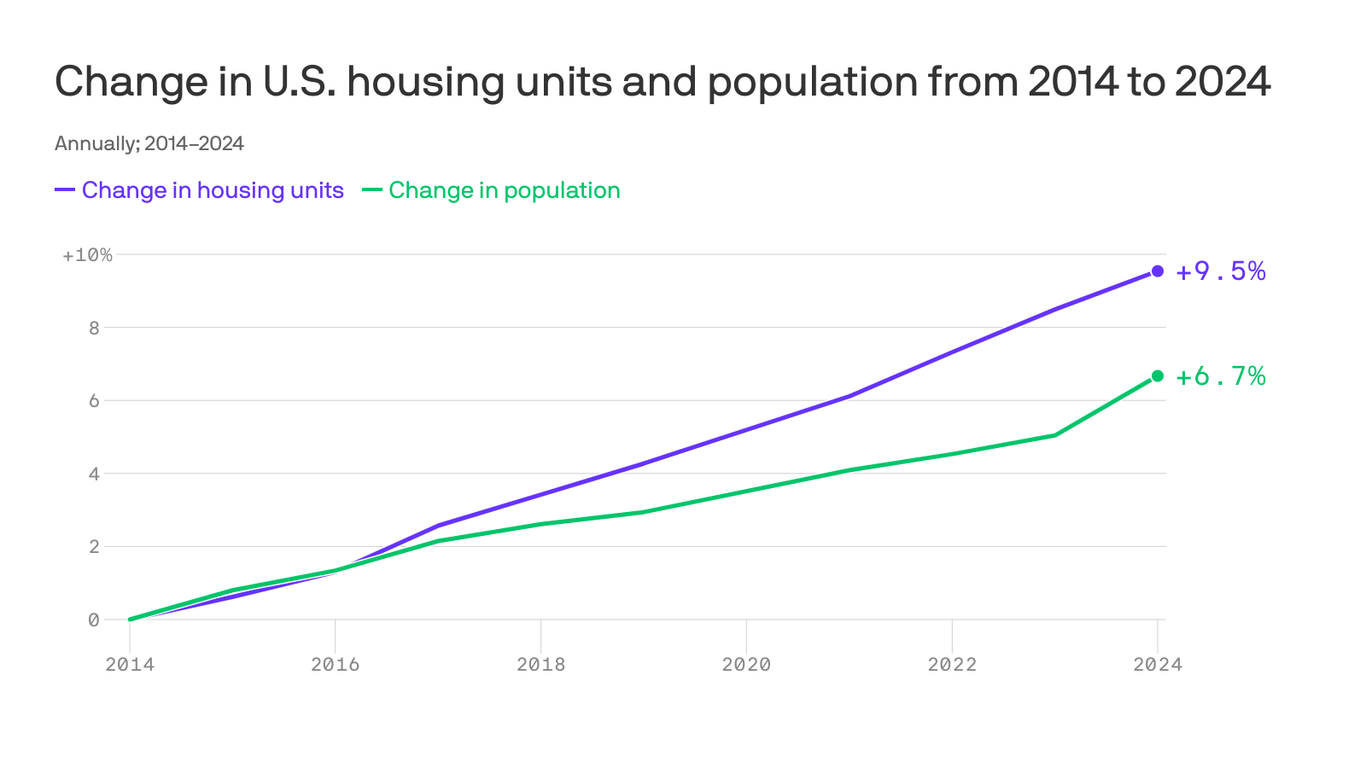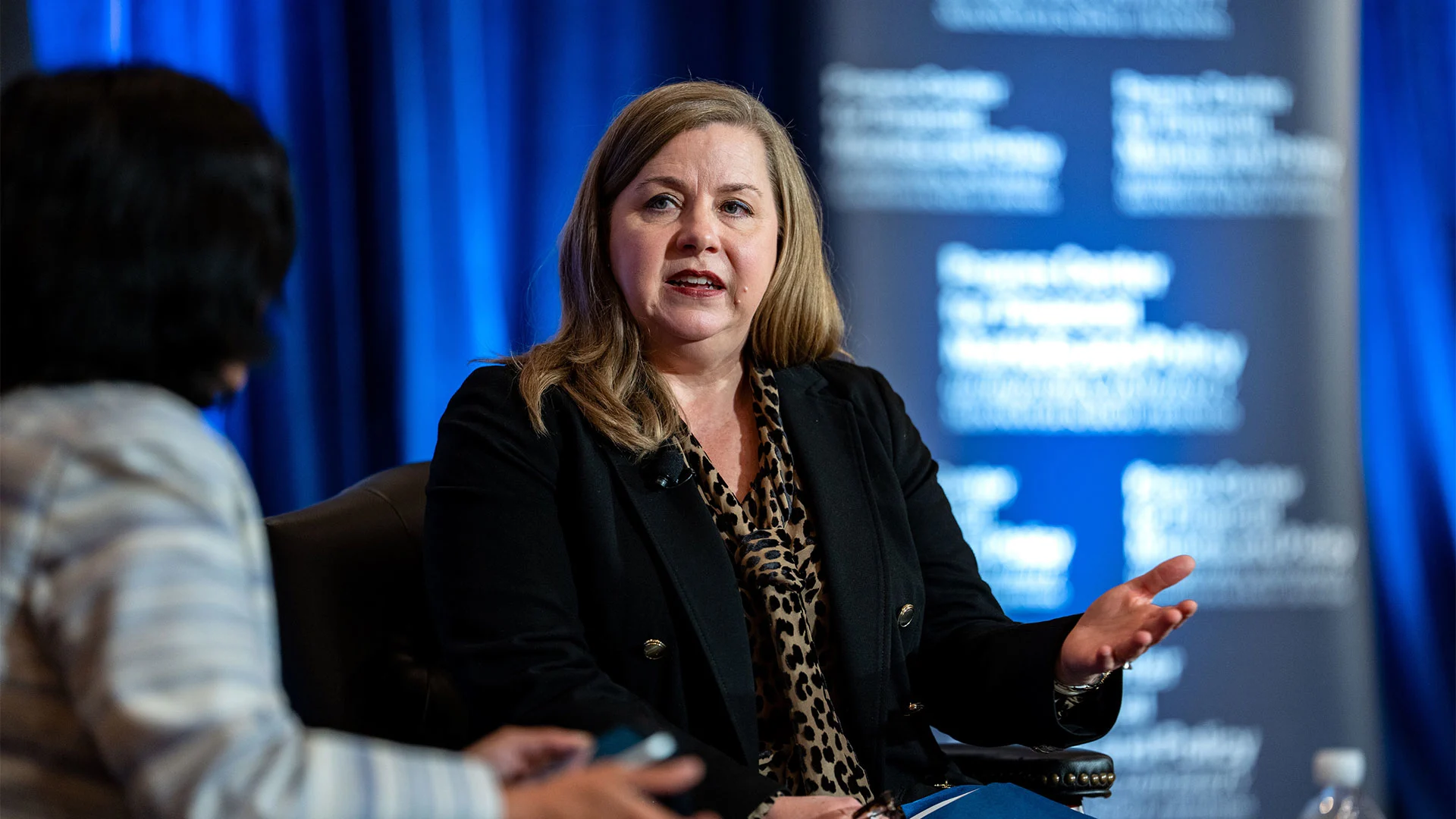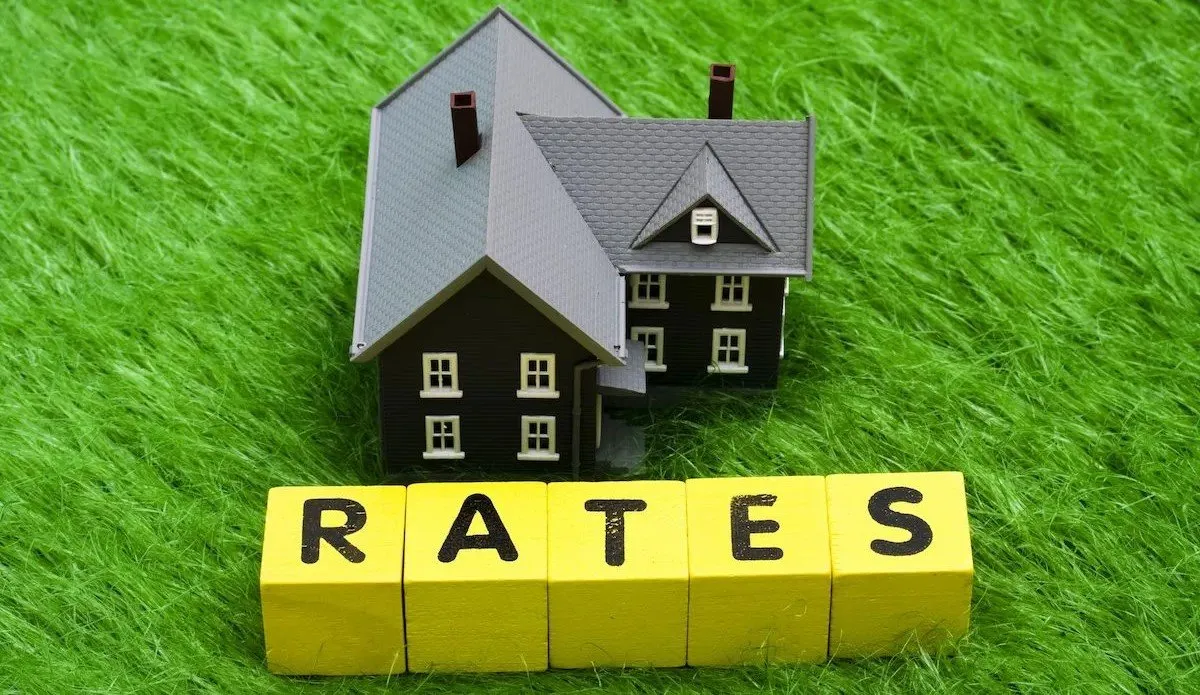#mortgage-rates
#mortgage-rates
[ follow ]
#federal-reserve #housing-market #housing-affordability #home-prices #housing-inventory #refinancing
fromBoston Condos For Sale Ford Realty
1 week agoRedfin Reports Increase In Cancellation Rates Of Home Purchases Boston Condos For Sale Ford Realty
While there are reports from Redfin and other sources detailing high home purchase cancellation rates in 2025. Multiple reports released in the latter half of 2025 indicated that cancellation rates had reached significant levels in the preceding months, with Redfin reporting a 15% cancellation rate in September 2025. 2025 cancellation rates based on Redfin data September 2025: 15% of home-purchase agreements were canceled. July 2025: 15.3% of home-purchase agreements were canceled. June 2025: Nearly 15% of pending home sales fell through.
Real estate
fromwww.housingwire.com
1 week agoExisting-home inventory up 14% from a year ago
As anticipated, falling mortgage rates are lifting home sales, Lawrence Yun, NAR's chief economist, said in a statement. Improving housing affordability is also contributing to the increase in sales. The inventory of unsold existing homes also rose in September, jumping 1.3% on a monthly basis and 14.0% on a yearly basis to 1.55 million units. This represents a 4.6 month supply of unsold inventory at the current sales pace, the same as a month prior, but up from 4.2 months in September 2024.
Real estate
fromwww.housingwire.com
1 week agoTrade groups push plan to let GSEs buy MBS to ease mortgage rates
The idea relies on amending the Preferred Stock Purchase Agreements (PSPA) to enable the GSEs to purchase up to $300 billion of their own MBS and Ginnie Mae MBS when the spread between the 30-year mortgage rate and the 10-year Treasury exceeds 170 basis points The proposal was outlined in a letter sent by the Community Home Lenders of America (CHLA) and the Independent Community Bankers of America (ICBA) to the Treasury Secretary Scott Bessent and the Federal Housing Finance Agency (FHFA) Director Bill Pulte.
US politics
fromReal Estate News & Insights | realtor.com
1 week agoFederal Debt Will Drive Mortgage Rates Up Unless AI Productivity Saves the Day, Larry Summers Says
One scenario is that growth continues more or less as it has for the last 20 years. If so, the current federal fiscal trajectory is unsustainable,
US politics
Boston real estate
fromBoston Condos For Sale Ford Realty
2 weeks agoThree Boston Condo Market Things To Watch As Shutdown Goes On Boston Condos For Sale Ford Realty
Federal shutdown is progressively worsening Boston condo market conditions by creating data blindspots, disrupting HUD services, and threatening mortgage and voucher payments.
fromwww.independent.co.uk
2 weeks agoFresh fears for homeowners and buyers as mortgage rates creep back up
From reproductive rights to climate change to Big Tech, The Independent is on the ground when the story is developing. Whether it's investigating the financials of Elon Musk's pro-Trump PAC or producing our latest documentary, 'The A Word', which shines a light on the American women fighting for reproductive rights, we know how important it is to parse out the facts from the messaging.
Media industry
fromwww.housingwire.com
2 weeks agoWhy title insurance is essential to secure, affordable homeownership
The Federal Reserve's decision this month to cut its benchmark interest rate by 25 basis points was encouraging news for Americans eager to become homeowners. Although mortgage rates aren't set by the Fed, they are impacted by its policy changes. Indeed, prior to and in anticipation of the Fed's announcement, mortgage rates fell to their lowest level since October 2024, with the 30-year fixed rate dropping to 6.39% spurring a 29% spike in mortgage loan applications.
Real estate
fromwww.housingwire.com
3 weeks agoTrump urges Fannie Mae, Freddie Mac to boost homebuilding
The two government sponsored enterprises buy loans from mortgage lenders to ensure liquidity in the market and repackage those into investment products. They also set the standards for creditworthiness and ability to repay for mortgage loans. While they offer several construction products, those support lenders and homebuyers, not builders. HousingWire Lead Analyst Logan Mohtashami has written extensively on what could trigger more homebuilding and weighed in on Trump's statement.
Real estate
Real estate
fromRedfin | Real Estate Tips for Home Buying, Selling & More
4 weeks ago14 Tips for First-Time Homebuyers, Straight From Reddit Homeowners
Shop mortgage rates, meet neighbors, set renovation boundaries, expect inspections to miss something, and find joy during the first-home buying process.
Real estate
fromFortune
4 weeks agoMillennials and Gen Zers are clamoring to break into the housing market. But this real estate expert says 'not everyone should be an owner' | Fortune
Renting often provides greater affordability and flexibility than buying given high mortgage rates, sharply higher home prices, and substantial hidden ownership costs.
fromtherealdeal.com
1 month agoManhattan's resi market builds momentum in Q3
Sales closed at a greater clip than listings hit the market, marking the third consecutive quarter where transactions outpaced inventory. It's not blazing, but the market is slowly getting faster, said report author Jonathan Miller. Buyers and sellers notched 3,100 deals in the third quarter, marking a 13 percent uptick from the same period last year. During the same time frame, the number of active listings rose 7 percent from roughly 7,200 to 7,700.
New York City
fromSFGATE
1 month agoDave Ramsey's Key Takeaway on Fed Interest Rate Cut
Dave Ramsey advises potential homebuyers to prioritize financial readiness over chasing lower mortgage rates, highlighting the significance of factors like debt, emergency funds, and down payments. Experts like Brian Shahwan and Kirsten Jordan support Ramsey's view that the current market presents opportunities for homebuyers, with expectations that mortgage rates may align with the Fed's trajectory. Contrary to the optimism, real estate agent Eli Harris cautions about overlooking the practical challenges, such as high living costs, potential additional expenses beyond mortgage rates, and limitations on refinancing eligibility.
Real estate
US politics
fromFortune
1 month agoKen Griffin has a warning for Trump and the GOP: 'I would not underestimate how grating a 3% inflation rate could be' on Americans | Fortune
Inflation eased to about 2.9% but is likely to remain in the mid-2% to 3% range, sustaining voter frustration and shaping political dynamics and Fed scrutiny.
fromIrish Independent
1 month agoPTSB cuts mortgage and deposit interest rates
From today, the mortgage rate will decrease by 0.15pc to 0.2pc on a number of products that are fixed for periods of between two and seven years. The rate decreases will apply to mortgages where the Loan to Value ratio is between 80pc and 90pc, including 'green' mortgages and so-called 'high-value' mortgages. PTSB said the new rates for the 2-year, 3-year, 5-year and 7-year fixed terms in this band - which range from 3.7pc to 4.4pc - are available to both new and existing customers.
Real estate
fromwww.housingwire.com
1 month agoMortgage rates decline to 6.33% after Fed rate cut
Matt Vernon, the head of consumer lending at Bank of America, told HousingWire via email that recent rate declines have prompted increased activity in the refinance market through both rate-and-term and cash-out refi loans. Most people are focused on rate-and-term refinances to lower their monthly payments, while some are also looking to tap into their home equity, Vernon said. For example, HELOC rates dropped quickly after the Fed's recent cut.
Real estate
fromFortune
1 month agoHome sales are headed for their worst year since 1995 as 'economic jitters' spread from buyers to sellers, Redfin says | Fortune
The housing market is stuck in an unending circle of gridlock: Buyers aren't inclined to purchase a home because mortgage rates and home prices are too high (they're up 1.7% year over year at $440,004, according to Redfin). And homeowners don't want to sell their homes to trade for a higher mortgage rate and out of fear they won't get what they think their home is worth.
Real estate
fromFast Company
1 month agoHousing market remains locked in deepest home-flipping pullback since 2007
Home flipping exploded during the Pandemic Housing Boom, as surging home prices and low interest rates lured investors into the fix-and-flip market. But the 2022 interest-rate shock abruptly ended the frenzy and created the biggest home-flipping pullback since the 2007 bust. This home-flipping slump continues to drive out many newcomer flippers and force veteran operators to adjust to slimmer profits.
Real estate
fromwww.housingwire.com
1 month agoCanadians are cooling on the U.S. housing market
In August, Redfin data shows that there was a 23% yearly decrease in the number of Canadian homebuyers searching for properties in the Orlando metropolitan area. In total, Canadian home searches have fallen in 46 of the 50 largest U.S. metros, with the largest declines in West Palm Beach, Florida (26.6%), followed by Anaheim, California (-26%), Columbus, Ohio (-26%), Detroit (-25.5%) and Los Angeles (-25.5%).
Real estate
[ Load more ]
















































